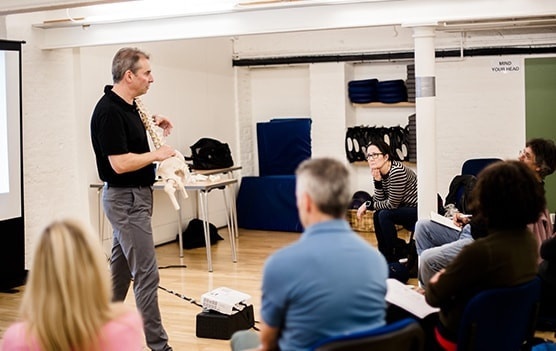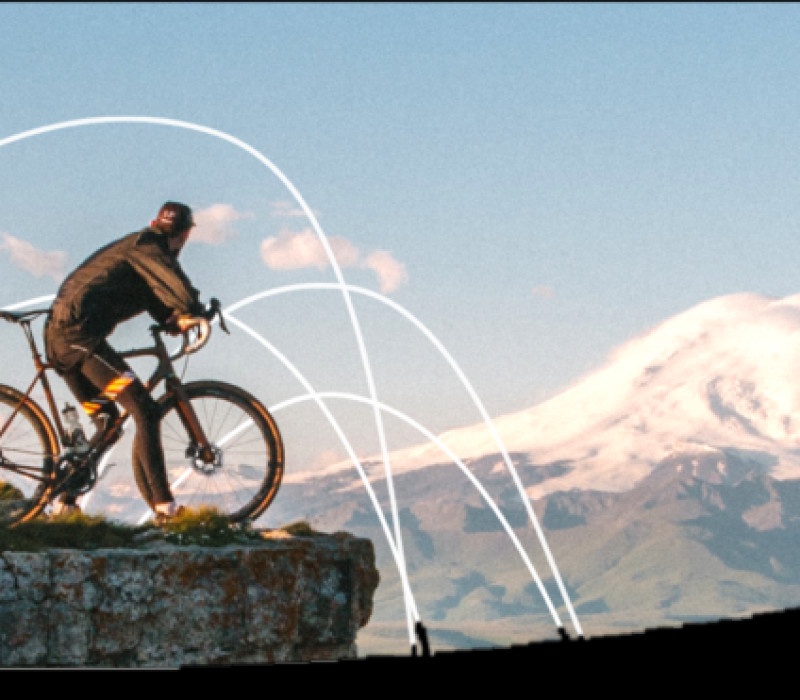Born To Walk

More Courses
You might also be interested in these courses

Integrative & Functional Bodywork Diploma
This exclusive course is designed for any qualified practitioner who really wants to expand their understanding of the human body and the applications of manual therapy. By integrating their years of bodywork experience and working with many industry leaders, we will take you step-by-step through a process that accelerates your ability to see form and function in your clients. It will change the way you see and understand the body and will completely transform the way you work as a practitioner – with more ease, greater accuracy and improved results.

Functional Bodywork
Two 2-Day Workshops
Our clients need to function in the real-world but many assessments, treatments and sometimes even the criteria for client discharge are based on non-contextual and non-load bearing tests. By applying a fully tensegrity-based approach to manual therapy we can work in context and with loads to better prepare our clients for life in the real world.

